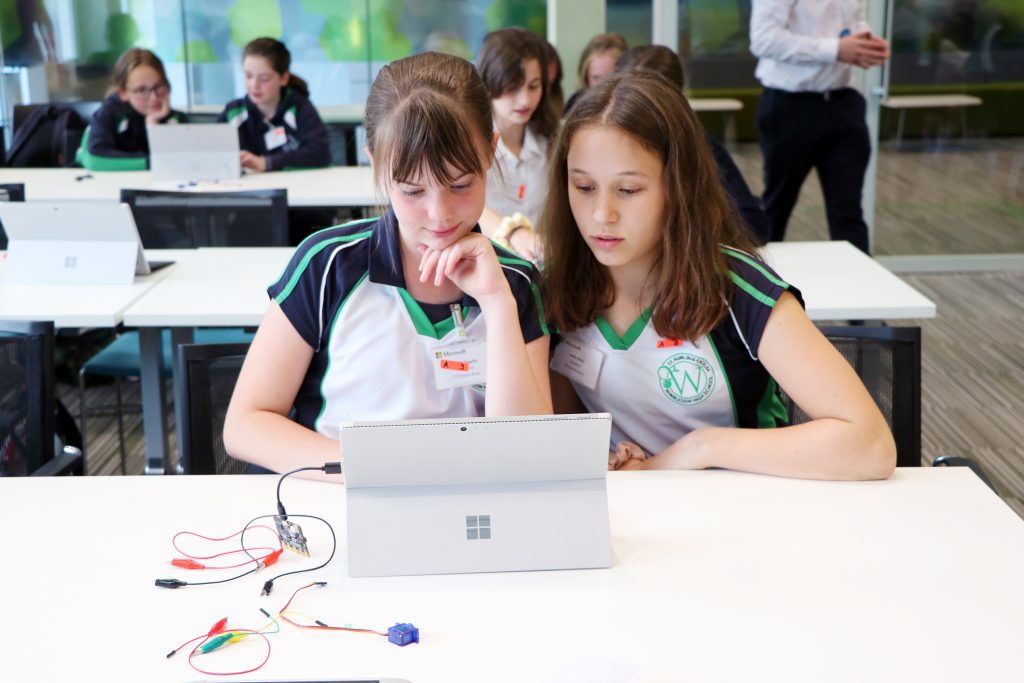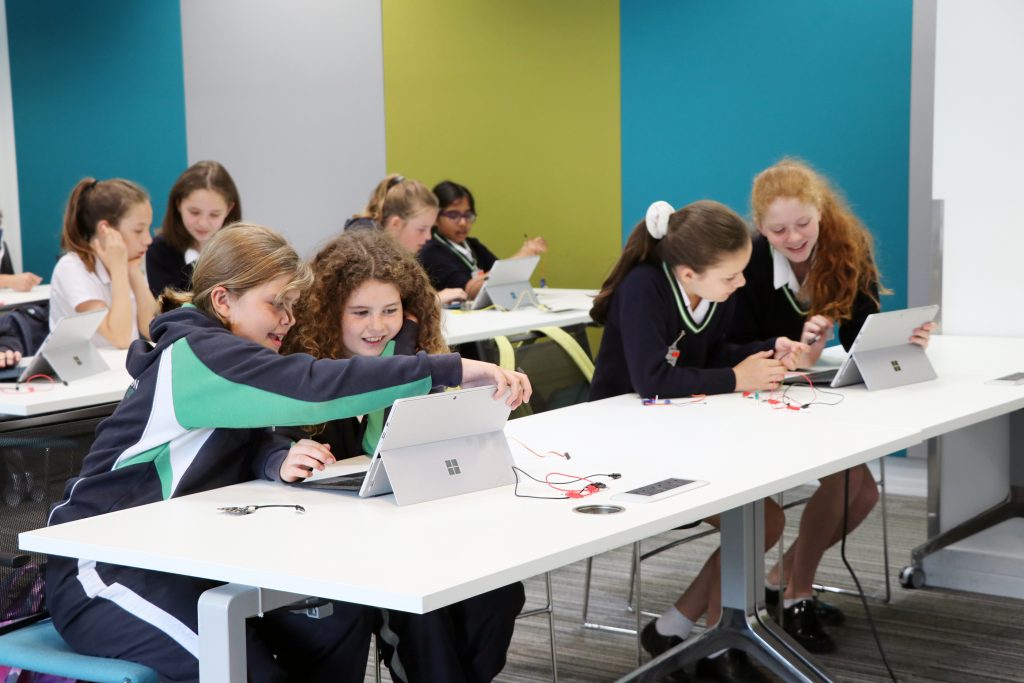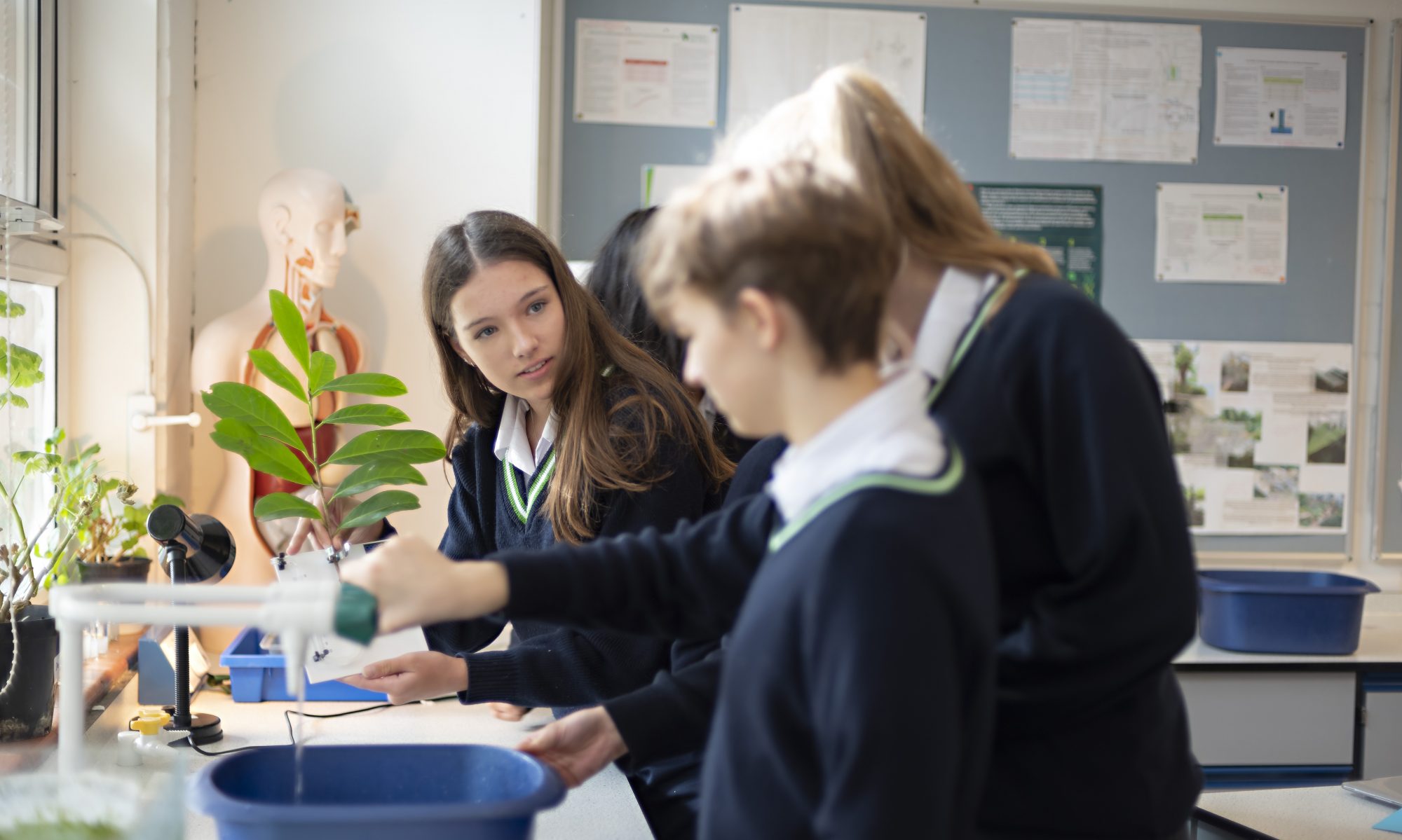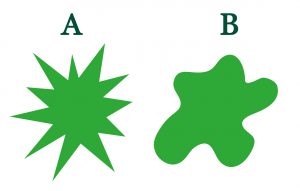Recently qualified MIEEs and Wimbledon High teachers Nicola Cooper, Nicola Higgs and Alys Lloyd discuss the impact being ‘WHS Digital Champions’ and part of the Microsoft Innovative Educator (MIE) community has had on teaching in their departments.
The concept of ‘Digital Champions’ – classroom teachers with a particular interest in exploring new and exciting ways of using technology to enhance classroom practice and student learning – really arose in response to a whole school initiative around innovation in the use of technology. With this aim and along with the introduction of BYOD, it was soon realised that in order to truly exploit the potential of ‘digital’, we needed the people using it, namely the teaching staff, to become the ‘experts’. From small beginnings, the ‘Digital Champions’ is now a team of 23 teaching staff from across the school. As well as regular meetings to discuss strategy with our Director of Digital Learning and Innovation, the group has also been involved in carrying out small scale action research projects looking into amongst other things; collaboration online, AI in learning systems and using hardware.
The Microsoft educator community, which is open to anyone, has been a great resource for all of us in our role as ‘Digital Champions’ providing as it does a vast range of professional courses that focus on helping teachers integrate technology into their teaching. Furthermore, qualifying as a Microsoft Innovative Educator Expert gives us access to a global forum of educators through which we can connect with colleagues working in a broad range of settings, drawing on their experiences and learning from them.

Nicola Cooper – Teacher of Biology
For me, being an MIEE and ‘Digital Champion’ has, most crucially, given me a platform through which to really engage with technology. Collaborating with colleagues across departments, observing and discussing concrete examples of how they use applications such as Office Mix and Sway in their teaching, has been inspiring and helped me to think more creatively about my use of the same. And the benefit isn’t limited to use of technology, indeed any vehicle that gets teachers together sharing ideas is immensely powerful. As a digital champion I’ve had numerous conversations around tech, that have digressed to talking about curriculum overlap and collaboration in other areas.
My particular area of personal focus has been the use of OneNote. Through completing online courses, available through the Microsoft Educator Community, I have been able to use the application to give more meaningful feedback to students; the record to audio function allows me to give verbal feedback (of which there is a permanent record), using the inking tools I can pose questions to students and thus enter into a dialogue that would be much harder to do offline. This is expertise I have been able to take back and share with my department. I have been in a position to reassure and encourage colleagues with their use of technology so that we are now in a position where the Biology department has wholly embraced OneNote. Not just in lessons with our students, but also as a means of collaborating with each other and sharing good practice. Imagine this replicated across multiple departments and it is clear to see the positive impact Digital Champions are having throughout the school.
Alys Lloyd – Teacher of Maths
Being a Digital Champion last year really allowed me to utilise my enthusiasm for and love of technology that works well. I wholeheartedly embrace technology which improves teaching and learning both in and outside of the classroom, but I would rather have no technology than tech which makes life more difficult. I saw a number of areas within the school where technology could be used better, and as a Digital Champion I was given the opportunity to add my voice to influence the way it could be improved.
I chose to be part of the team investigating hardware in classrooms, to influence decisions made about the next generation of hardware to be installed in classrooms. We created a questionnaire using Microsoft Forms, which asked all departments across both Senior and Junior schools about how they currently use the hardware in classrooms, things that worked well, and main issues they found with it. Additionally, I was part of the team who went to The BETT Show, where I was able to make positive contributions to IT decisions, giving my opinion on which hardware would work well in the classroom, for a teacher in our school.
Working with the IT Team, I was persistent in pushing for an improved way of accessing shared files and resources. Taking them a variety of different ideas eventually lead to an approach which seemed that it would work in a way that would be futureproofed and consistent with being a Microsoft Showcase School. A few departments trialled different ways of connecting last year, which lead to it being successfully rolled out school-wide this year.
I hope that being an MIEE will allow me to continue to build on my enjoyment of good tech that works well. I look forward to training more members of staff, individually and departments, in optimising their use of the technology we have, improving their experience of technology, and therefore positively impacting students’ learning experience.

Nicola Higgs – Head of Geography
Since the adoption of BYOD, staff have been given great freedom to try out the newest of technologies, to be innovative and take risks, which is part of the ethos of the school and something we try to model for our students. A colleague in the Geography department had an interest in reaching the quieter, ‘less seen’ student, those for whom participating verbally in lessons was more of a challenge. I was keen to see how technology could give a voice to those pupils. Through my role as a Digital Champion I have been so fortunate to develop a truly collaborative relationship with the Director of Digital Learning and Innovation, who suggested that Teams, which was introduced for all staff and students last academic year, might be a platform that could achieve this goal. We devised a ‘silent debate’ for Year 8 who argued for their position solely using Teams. We were blown away with the results; all pupils were able to articulate their point of view, drawing on excellent research, incorporating examples to support and using terminology that we might expect of a GCSE student. Students’ feedback showed how much they enjoyed the opportunity to create and respond to specific points of argument in a timely but unpressured way.
I am now exploring more ways to amplify student voice both in the classroom and the wider school community. I look forward to learning more from other educators through the Microsoft platform and collaborating with my colleagues at Wimbledon in the Digital Champions group.
The future
As MIEEs, we are planning to visit Microsoft’s store during the Christmas holidays where we will meet MIEEs from other UK schools, as well as representatives from Microsoft who want to hear all about what we are doing at Wimbledon.
The Digital Champions met a couple of weeks ago to agree the vision for the academic year ahead. It was thrilling to see colleagues bringing their own ideas and areas of interest as foci for research this time around, and our working groups are already getting stuck in to reading and trying out new ideas. We will report back to colleagues later in the year to share best practice and hints and tips.
The technological journey at Wimbledon High feels like it really is beginning, and we would urge all colleagues to consider becoming a member of the Digital Champions, it is an uplifting and ambitious group, and we always have tasty biscuits too!





